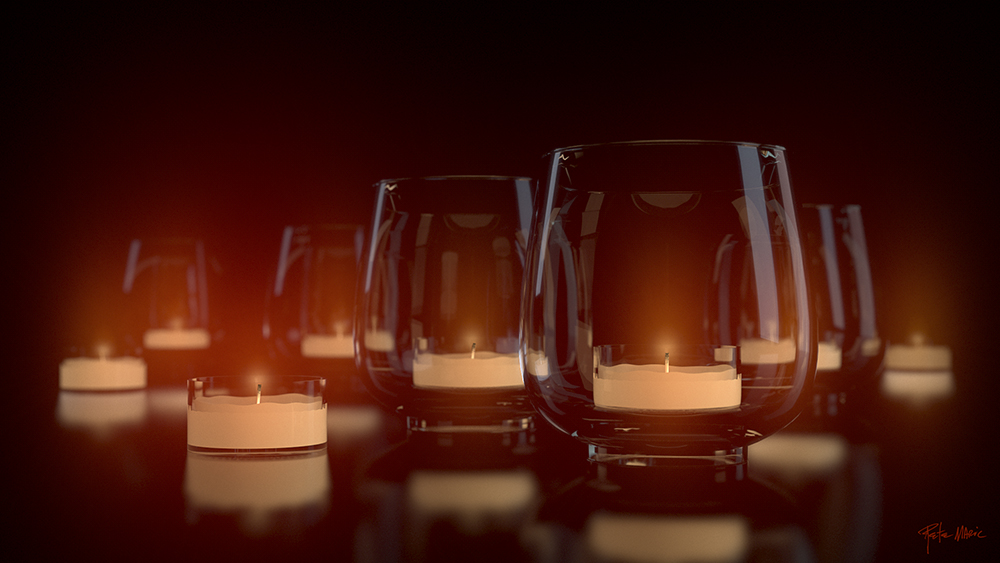

- Brighter 3d make glass transparent how to#
- Brighter 3d make glass transparent code#
- Brighter 3d make glass transparent license#
- Brighter 3d make glass transparent free#
Under the Refraction section of your glass material, change Affect Channels: Color Only to Color + Alpha Which leads us to: it actually is not the background you see there, it's the illumination that your background gives to your refractive object to calculate its refraction, even if you try to mask it with alpha channels, and / or render elements, it will be visible so what you are getting is perfectly normal. I know what you're thinking.As a rule of refraction in 3D world, your object which has refractive material (your glass here, in this case) is processing refraction with the illumination of your native background when you hit your render button.
Brighter 3d make glass transparent code#
If you use my code to make your own Magic Windows, I'd love to see them! I'm on Twitter at Email me at and I will gladly help if you get stuck! One Last Thing The cat in this post is named Mitski and she approves of you using her image as the new standard reference image for image processing papers.

Brighter 3d make glass transparent license#
I only ask that if you make something, please show me!Įxcept where otherwise attributed, all images in this blog post and the blog post itself are my own work that I license as CC-BY.
Brighter 3d make glass transparent free#
Please feel free to use this code for anything you want, including hobbyist, educational, and commercial uses. I've posted all my code under the MIT license.
Brighter 3d make glass transparent how to#
If you want to build a business off of this code you should probably hire someone who knows how to program professionally in Julia. In short: To me this code is a fun side project. The original paper suggests a better way of calculating loss but I didn't implement it because the naive way was easier, yet I rolled my own mesh utilities and Poisson solver because I enjoyed the challenge. My units and notation are inconsistent throughout. I have extra negative signs that I inserted that make the code work but I don't know why. I am a novice at programming in Julia so if you have suggestions for how to improve this code, please reach out or make a pull request!Ĭaveats: There are a lot of issues with my code. If you continue this work in some way, please cite them. But the slope of the glass, \frac whose divergence equals the loss:Īll of the math for this post came from Poisson-Based Continuous Surface Generation for Goal-Based Caustics, a phenomenal 2014 paper by Yue et al. In other words, the height of the glass h(x) is not on its own important.



 0 kommentar(er)
0 kommentar(er)
